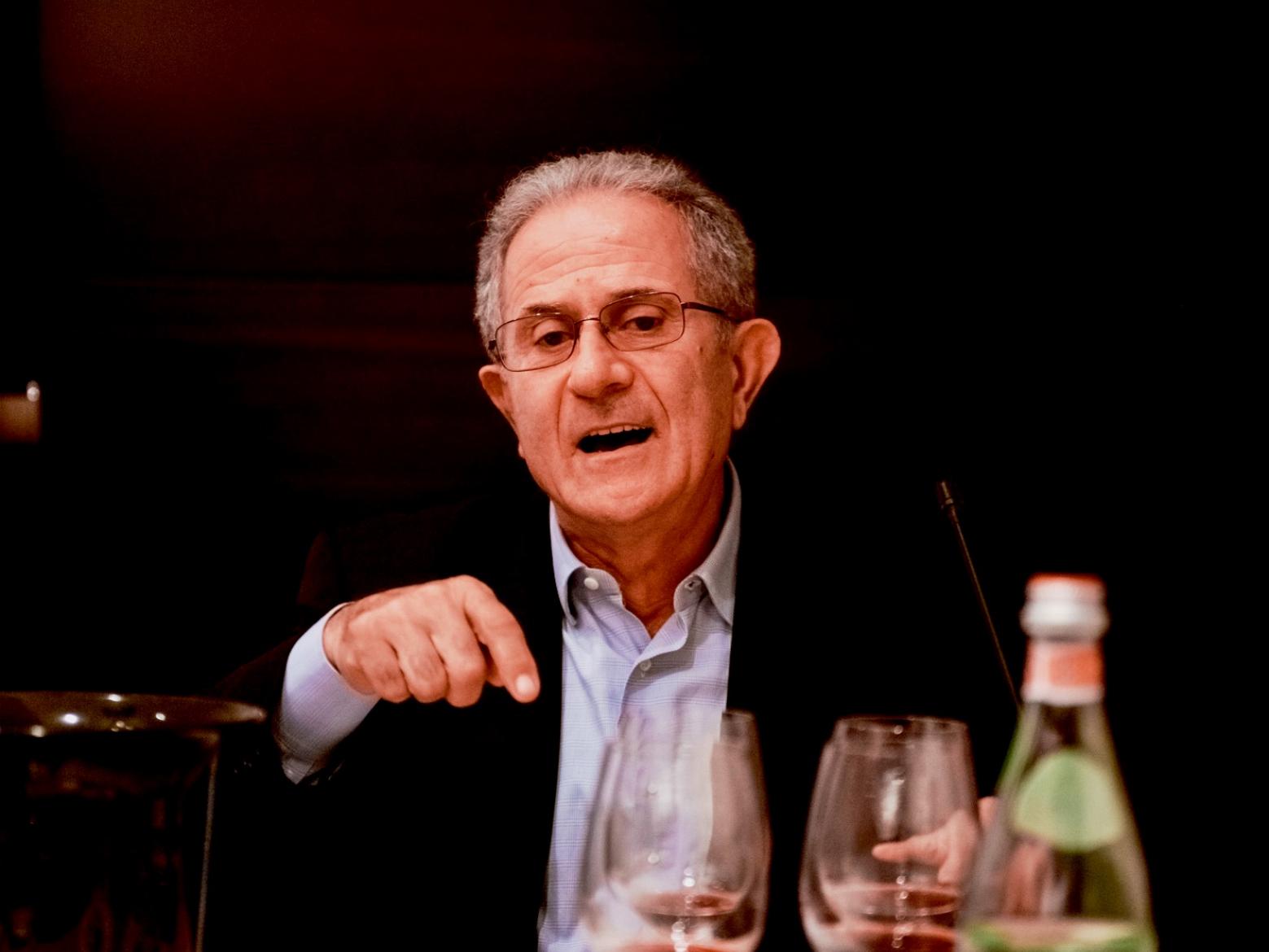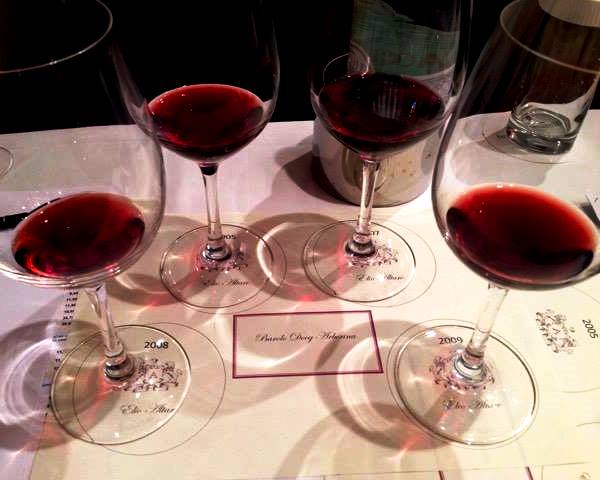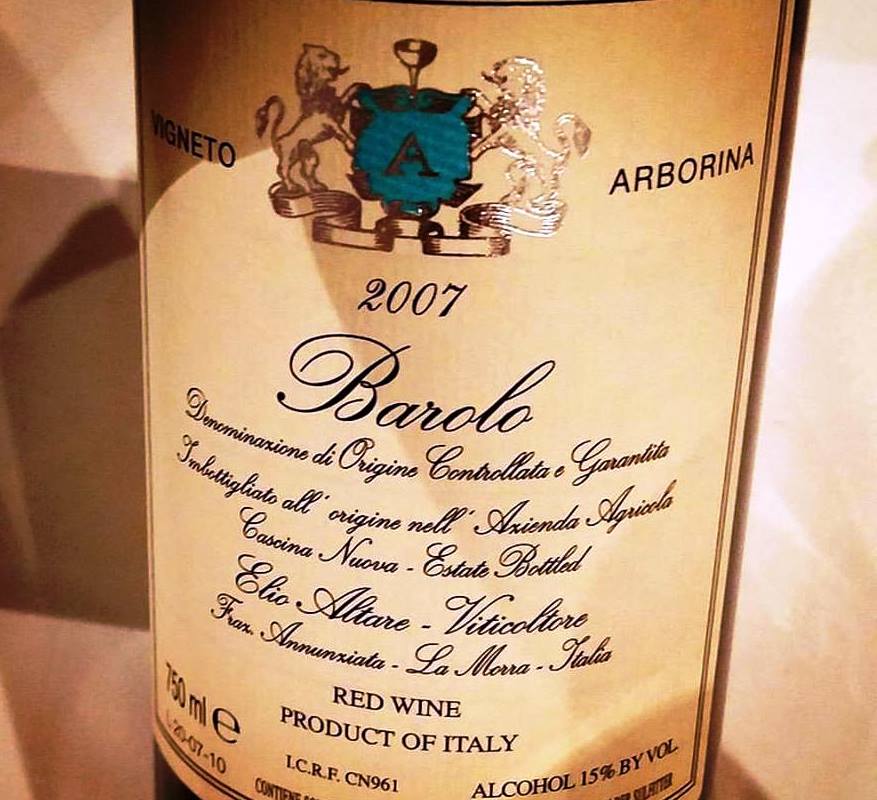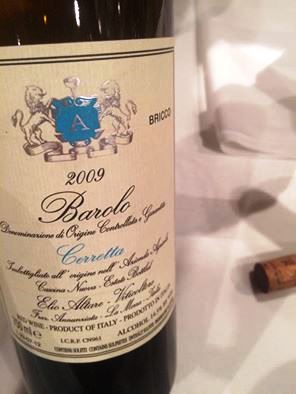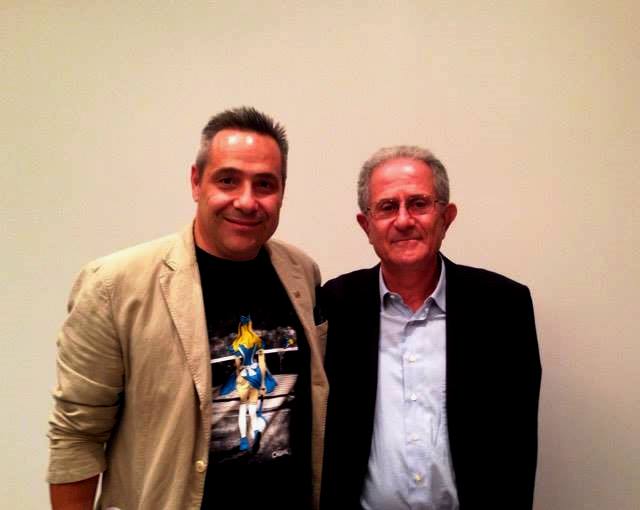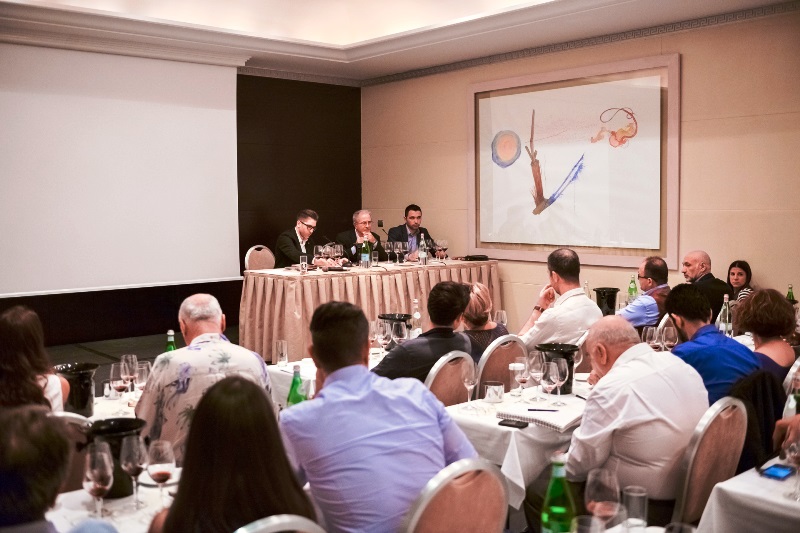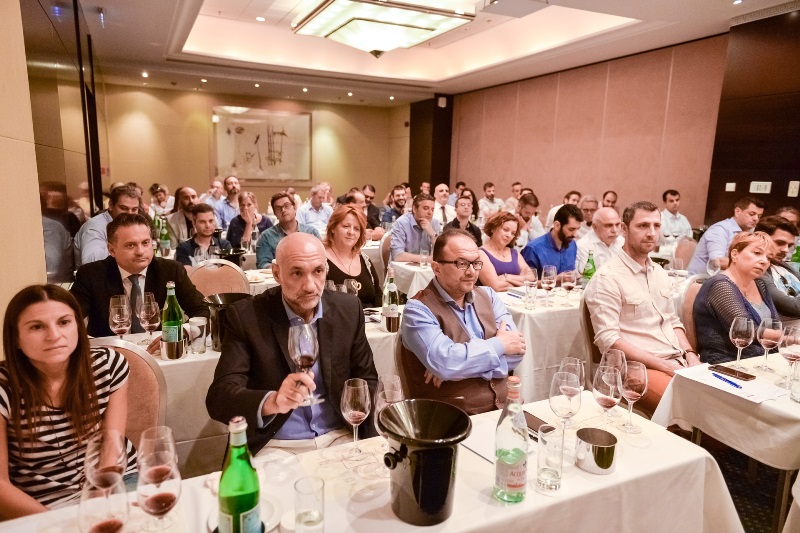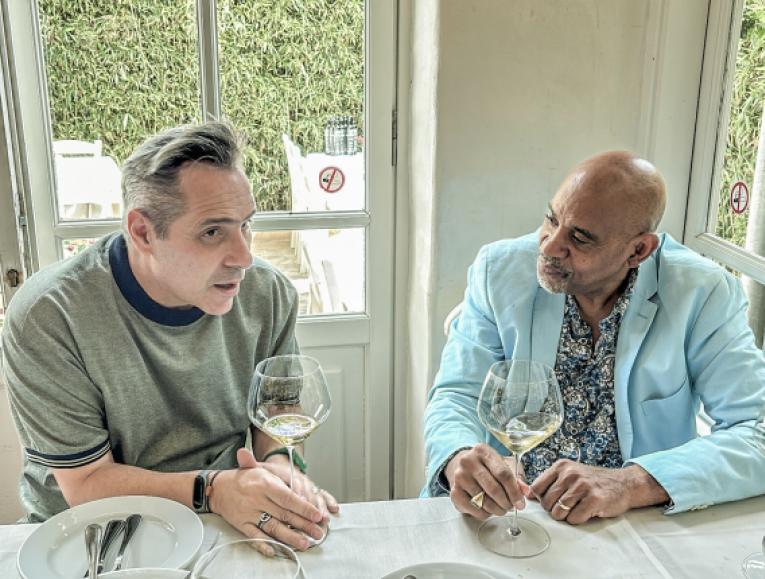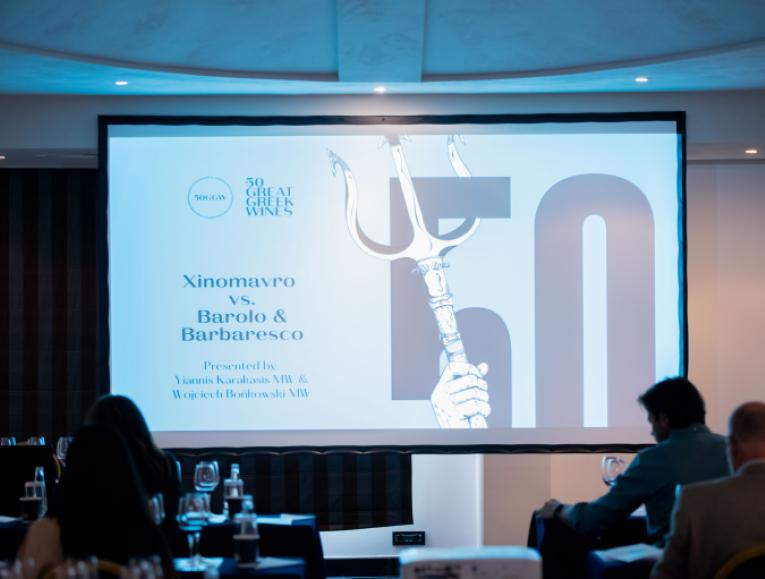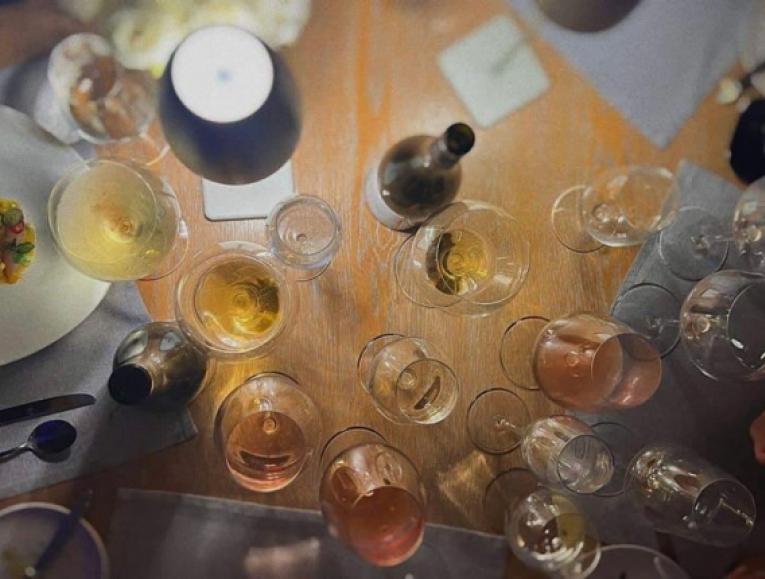A legendary Barolo tasting with Elio Altare
Elio Altare has been a key personality in Barolo transforming the face of the region into a more polished one retaining however the core of the Nebbiolo in the wine. He was the one to introduce barriques and the second one after Enrico Scavino (Kerin O Keefe' ''Barolo and Barbaresco'') to use rotary fermenters to extract more colour and fruit without the harsh often ''hysterical'' tannins of the grape.
What a pleasure and big honour was to see Elio Altare in Athens, Greece last month where he presented a masterclass on his single vineyards Arborina and Ceretta. The masterclass was organized by Oenocosmos importing company and was moderated by star sommelier Nikolas Giannopoulos.
Altare presented his silky Arborina from La Morra that comes from a very good Premier Cru site and structured Ceretta from Serralunga d'Alba that comes from an equivalent to Grand Cru site. He talked about best exposure for Nebbiolo (usually this is to the south, south-east), he talked about the overriding factor for making good wine which is keeping things simple, he even talked about his fight with his father to make better wines. He was disinherited for that, he confessed, and had to buy back the land some years later from his sisters.
A lively discussion with an energetic audience resulted in discussing the prices for top Barolos. There, Altare commented under the concept ''if you think that Arborina or Ceretta is expensive try to stay with me for few months, work there and you will understand and see with your own eyes why you have to pay that price''.
Arborina is produced in 6.000 bottles consisting of two parcels one planted in 1948 and the other in 1989. The must is typically macerated on the skins for the first 4 to 5 days using rotary fermenters and matures in 20-30% new French oak for 24 months.
The 2005 was meaty and expressive with relaxed tannins and fine balance (94/100) while 2007 showed a luxurious oak character and a focused nose followed by a well defined palate that promises to age (93/100). Arborina 2008 delivered a silky texture with intense fine grained tannins and a lovely array of flowers, spices and ripe fruit. Approachable already but will keep for two decades (93/100). Finally the 2009 showed its nervous character because of its youth. Definitely a baby in a awkward stage (92+/100).
Having not tasted Ceretta before I was really curious to see this little ''monster'' from Serralunga d' Alba which typically produces the most structured and dense Barolos. The wine is produced in about 5.000 bottles with 2005 being its maiden vintage. Winemaking is very similar to that of Arborina above.
What a different wine with another level of complexity, firm structure and impressive longevity. Fruit is usually darker compared to Arborina. My preferred vintage was the 2008 that balanced an ethereal character with solid tannins and an impressive core of pure red fruit (96/100). Ripe 2007 and lighter 2009 showed also well yet very young at this stage. Last the 2005 showed a more evolved character lacking perhaps in tension and vivacity.
All in all these are outstanding wines for sure not the most classical Barolos but wines of a new age that combine tradition with innovation.
